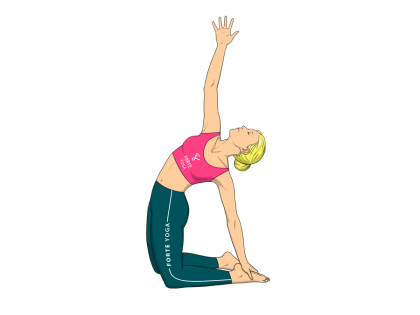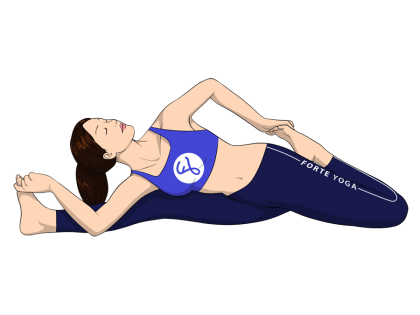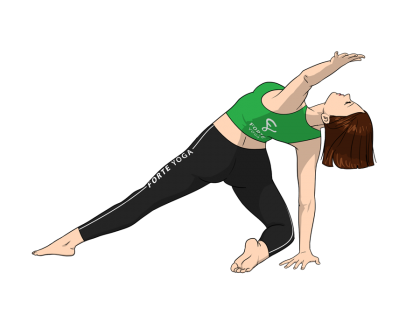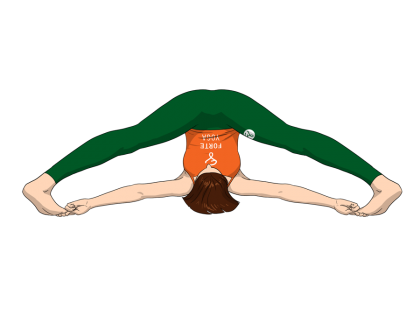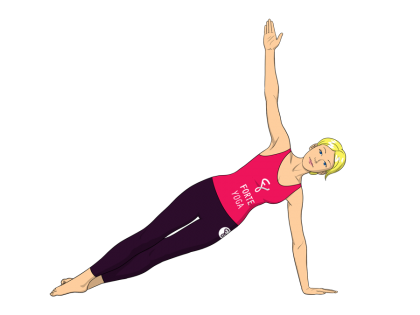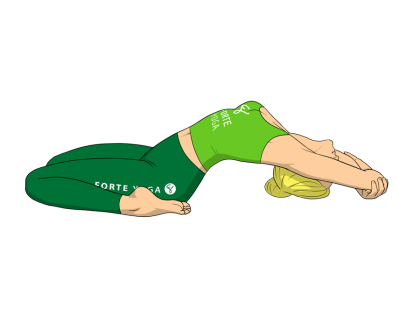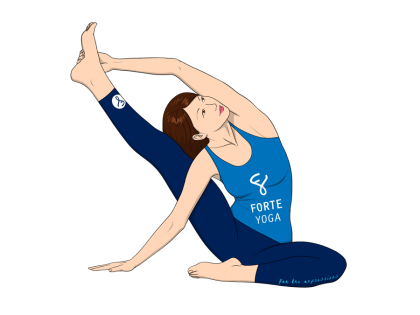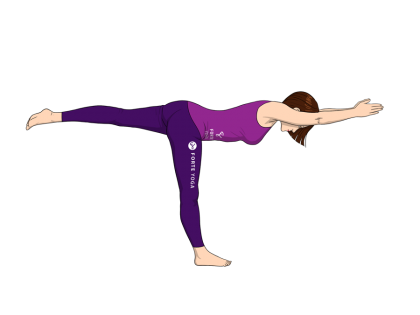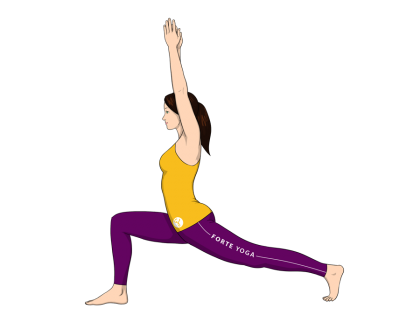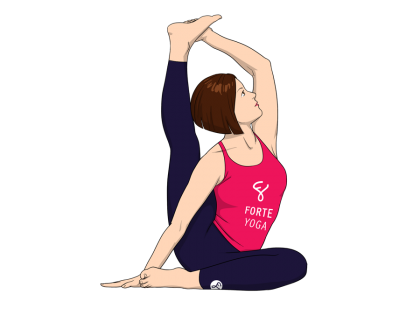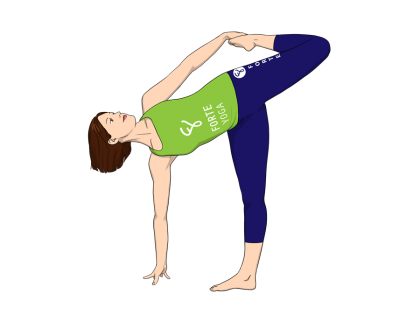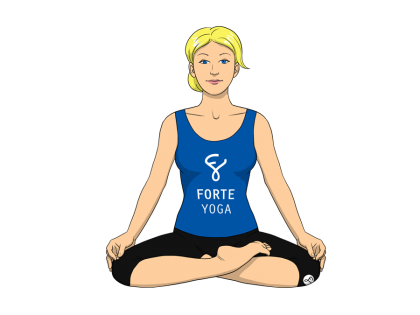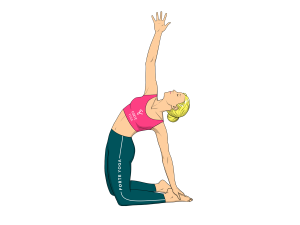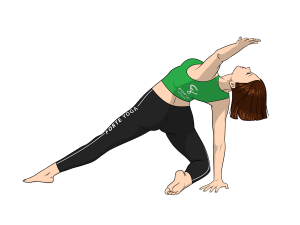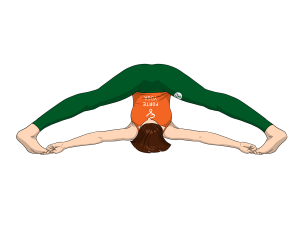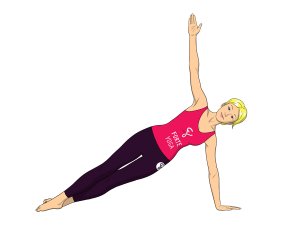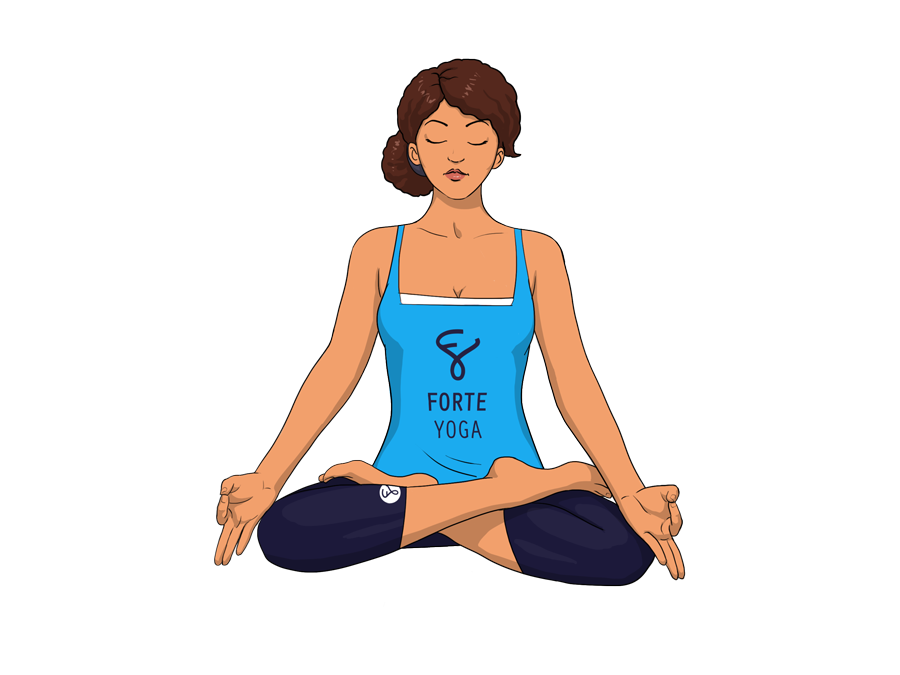
overview
Lotus Yoga Pose is a seated pose that targets the ankles and knees and is ideal for yogis and yoginis at an intermediate level.
 ajna – the third eye chakra
ajna – the third eye chakrarelated poses
[yoga-sharrre]
How To Do Lotus Yoga Pose
- Begin by entering the Staff Pose (Dandasana), legs extended straight in front of you.
- Bend your right knee and cross your leg so your right ankle rests on top of your left hip crease. The sole of your right foot should be facing upwards.
- Bend your left knee and cross your leg so your left ankle rests on top of your right hip crease. The sole of your left foot should also be facing upwards.
- Place your hands on your knees and make sure to sit up straight – the crown of your head towards the sky and your spine lengthened.
- Hold for a few seconds.
Notes
- Breathe deeply through each step.
- This pose is very advanced and proficiency comes after much practice, so make sure you do not force your body into positions is is not ready for.
- This pose requires flexibility in the hips and knees so if you have a history of injuries in either consult an expert or doctor before attempting.
Tips
You can use your hands and arms to help move your legs into position, or you can ask your instructor or partner to help you move them.
Sit on a folded towel or blanket if you’re having trouble balancing.
A good way to lock your knee and keep your legs from slipping out of the pose is to press the back of your thigh into your calf.
When you move your legs start the motion from the hips and not the knees, the movement is much smoother and easier that way.
Sit on a folded towel or blanket if you’re having trouble balancing.
A good way to lock your knee and keep your legs from slipping out of the pose is to press the back of your thigh into your calf.
When you move your legs start the motion from the hips and not the knees, the movement is much smoother and easier that way.
Stretches & Strengthens
All Muscles: Knees, ankles
Target Muscles: Knees, ankles
Health Benefits of Lotus Yoga Pose
- Calms the mind.
- Stimulates inner organs.
- Helps with menstrual pain and sciatica.
- Pregnant yoginis may find prolonged practice of this pose will make childbirth slightly less strenuous.
- If mastered, great for extended meditation.

